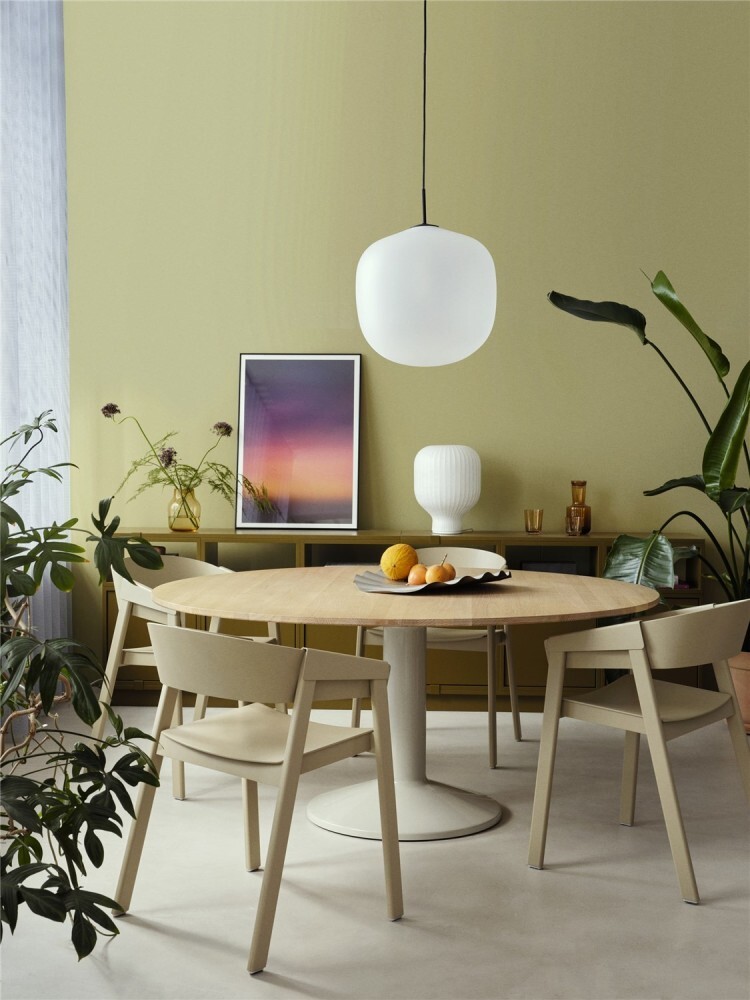
Neuroaesthetics and Its Impact on Commercial Workspaces: A Perspective from Unison Spaces.
The intersection of neuroscience and design, often referred to as neuroaesthetics, is reshaping how we think about commercial workspaces. By understanding how aesthetics and sensory stimuli influence human emotions, cognition, and behavior, organisations can create environments that not only look good but also foster productivity, creativity, and well-being.
At Unison Spaces, we are constantly exploring innovative ways to enhance workspace environments. Our recent conversations with Muuto, a leader in Scandinavian design, have deepened our understanding of how neuroaesthetics can be applied to commercial interiors. This article explores the principles of neuroaesthetics and their transformative potential for workspaces.
The Science of Neuroaesthetics
Neuroaesthetics is grounded in the idea that our brains are hardwired to respond to beauty and harmony. Visual elements like colour, texture, light, and form can activate neural pathways linked to positive emotions, focus, and creativity. Conversely, environments that are visually cluttered or poorly designed can trigger stress and reduce cognitive performance.
Applying Neuroaesthetics to Workspaces
Colour Psychology:
Colours influence mood and energy levels. For instance, blues and greens are known to promote calm and focus, making them ideal for areas
requiring deep work. Warmer tones like yellows and oranges can stimulate creativity and collaboration in team spaces.
Natural Elements:
Biophilic design, which integrates natural materials, greenery, and organic forms, taps into our innate connection to nature. This not only
reduces stress but also improves air quality and overall comfort.
Light and Space:
Access to natural light and well-considered spatial layouts can enhance circadian rhythms, energy levels, and overall satisfaction. Layered
lighting solutions that mimic natural changes in daylight are particularly effective.




.svg)
